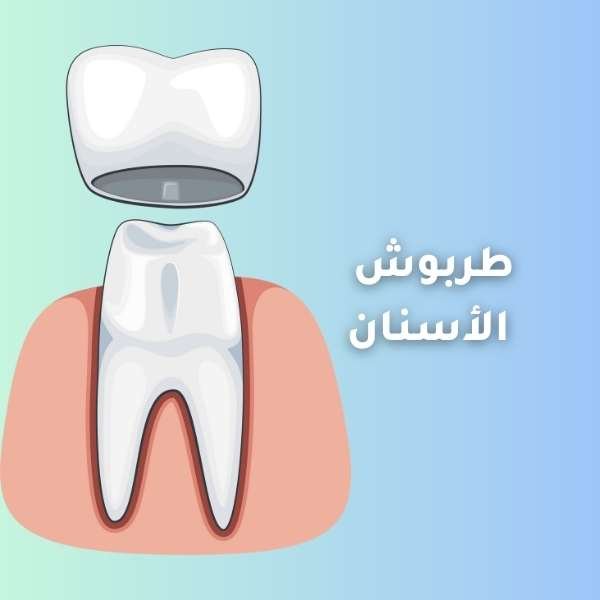
What Causes Tooth Cavity?
before talking about what causes tooth cavity. first we need to know what is tooth decay and tooth cavity meaning. and how does tooth decay happen?
What is tooth decay?
Tooth decay or called “dental caries” is a common problem that affects people of all ages. It is a result of bacterial activity on the surface of the teeth, leading to the formation of cavities. In this article, we will explore in detail what causes tooth cavity and related topics such as what is tooth cavity,a hole in the tooth cavity, symptoms of tooth cavity, and early stages of tooth cavity.
First, What is a Tooth Cavity? And How does tooth decay happen?
Actually, a tooth cavity is a hole or a pit in the tooth that is caused due to the erosion of the enamel by bacterial activity. This erosion happens when the bacteria present in the mouth feed on food particles and produce acids that attack the enamel in the early stages of the tooth cavity.
Over time, the enamel weakens, and a small hole forms. The small food particles and bacteria will increase in this hole. so, the produced acids will weak also the second layer of the tooth “dentin”.
In fact, the dentin layer is weaker than the enamel. So the cavity started to become large in dentin under the enamel layer. Then the enamel layer will be unsupported and breaks down, leading to the formation of a large cavity. If left untreated, it will reach the pulp and form a hole in the tooth cavity, which can cause severe pain and infection.
What Causes Tooth Cavity?
Tooth cavity is primarily caused by poor dental hygiene practices. When food particles and plaque are not removed from the teeth through brushing and flossing, they create a favorable environment for bacterial growth. So the process of the tooth cavity starts. Other risk factors that can contribute to the formation of tooth cavities include:
- 1. Diet: Consuming sugary and starchy foods can contribute to the formation of tooth cavity as the bacteria feed on these substances as mentioned.
- 2. Dry Mouth: Saliva helps in washing away food particles and neutralizing the acids produced by the bacteria. A lack of saliva production can lead to a buildup of bacteria and increase the risk of tooth cavity. This also happens in some systemic diseases such as diabetes.
- 3. Genetics: Some people are more susceptible to tooth decay due to their genetic makeup. As they may have some genetic disorders that can affect the formation of teeth in the early stages of uterine life.
- 4. Age: As people age, their enamel tends to weaken due to some factors, making them more vulnerable to tooth cavity. These factors as enamel abrasion or enamel erosion.
Symptoms of Tooth Cavity
Symptoms of tooth cavity can vary depending on the severity of the decay. Some common signs of tooth cavity include:
- Tooth sensitivity to hot, cold, or sweet foods and drinks.
- Pain when chewing or biting down sugary or starchy food.
- Visible holes or pits in the teeth.
- Bad breath or a foul taste in the mouth due to the accumulation of bacteria in the cavity.
- Dark spots or discoloration on the teeth can be black, yellow, or brownish in color.
Early Stages of Tooth Cavity
The early stages of tooth cavity are often asymptomatic, and many people may not even be aware that they have a cavity. However, if detected early, tooth decay can be treated with minimal intervention. Some signs of early-stage tooth decay include:
- 1. White spots or chalky areas on the teeth.
- 2. Sensitivity to sweet foods or drinks.
- 3. Mild discomfort when eating or drinking.
- 4. Mild discoloration of the teeth.
So now, we will discuss specifically what causes this form of cavities “Buccal pit“.
As mentioned, there are some areas in teeth that are more susceptible to stuck food. These areas are called “pits and fissures”. One of these areas found on the outer surface of the lower first molar tooth is “Buccal Pits”.
When you brush your teeth with normal brushing techniques, These areas will be hard to reach by brush bristles. So it is easy to form a tooth cavity in it.
Tooth cavity treatment and how to solve these types of caries?
Tooth cavity treatment aims to remove the decayed portion of the tooth and restore its structure and function.
checkout this video to see buccal pit cavity filling with composite restoration and removing old amalgam silver filling.
The treatment typically involves removing the decayed portion of the tooth with a drill and filling the cavity with a dental filling material such as composite resin, amalgam, or porcelain.
But as a dentist, I prefer you to use composite resin because it is a tooth-colored filling. Also, the buccal pit area can be clearly seen because of its presence on the facial surface of the first molar.
In cases where the decay has progressed deeper into the tooth and has reached the pulp, a root canal treatment may be necessary to remove the infected tissue and save the tooth.
In severe cases, extraction of the tooth may be necessary. Regular dental check-ups and good dental hygiene practices can prevent tooth cavities and minimize the need for invasive treatment.
check out this article for the consequences of tooth extraction. very important to read.


